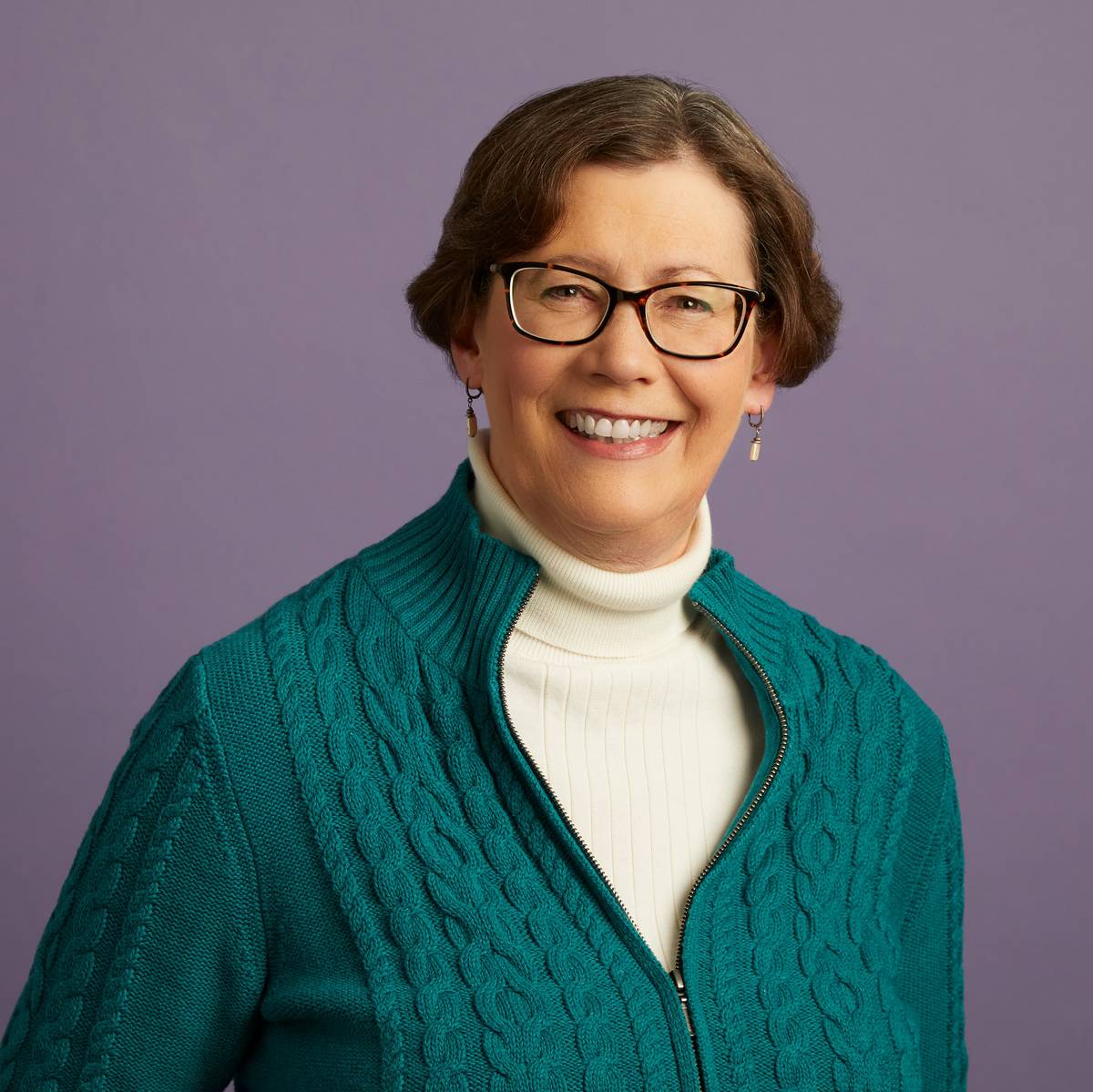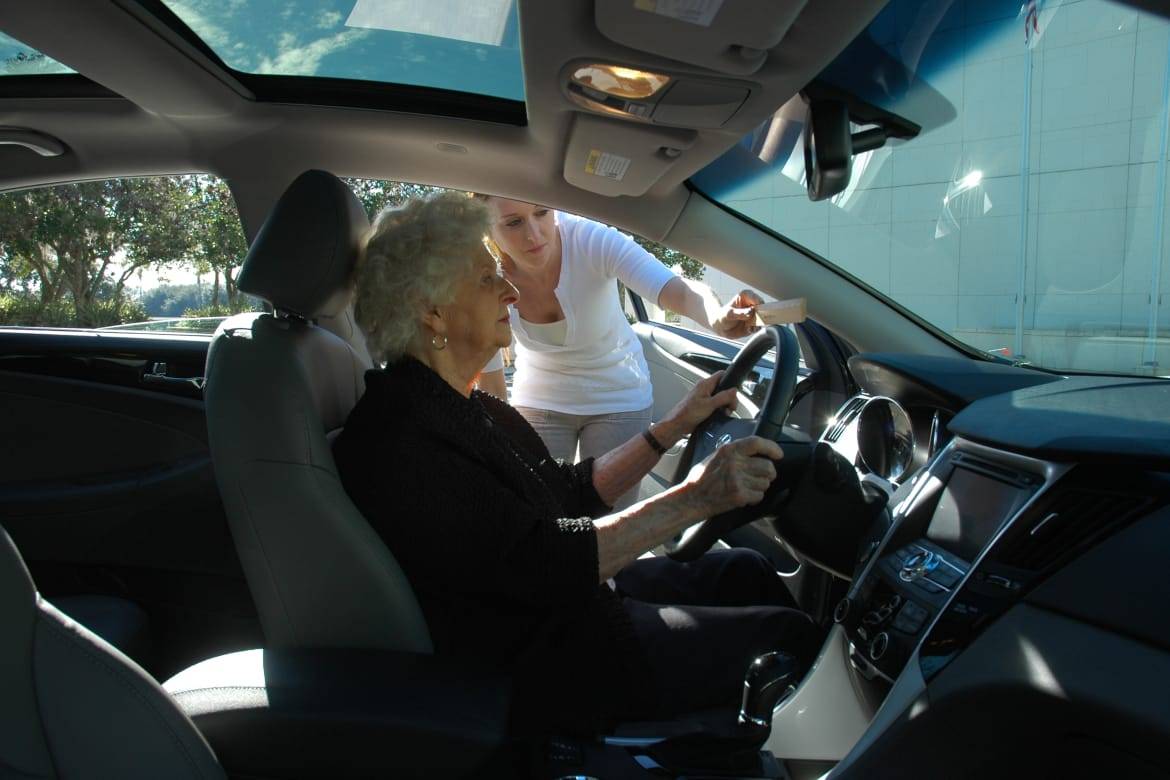Program Helps Seniors Find Perfect Vehicle Fit


While senior citizens are among the safest drivers on the road – they are more like to wear seat belts and less likely to drink and drive — their increased fragility means they’re also among the most vulnerable to serious injury and death in crashes. It’s no secret that seniors make up a huge portion of the U.S. population – by 2030, the U.S. Census Bureau estimates there will be 58.9 million people age 65 and older. That translates to 1 in 5 people and in some communities, 1 in 4 drivers. The challenge becomes keeping them safe on the road.
Enter CarFit. Developed in 2005 through a partnership between AAA, AARP and the American Occupational Therapy Association, CarFit aims to help seniors “find the perfect fit in their vehicle to keep them safe,” said Rhonda L. Shah, AAA’s national program administrator for CarFit.
Related: It Pays to Be Gray: Senior Driver Discounts
As they age, older drivers may experience physical changes that include reduced strength, physical endurance, range of motion and flexibility; visual impairments; limited head rotation due to a stiff neck or neck pain; and the effects of medications (to see if your medications may affect driving, visit the AAA Foundation for Traffic Safety’s Roadwise RX).
CarFit’s 12-point checklist addresses those issues by looking at adjustments for seats, mirrors, steering wheels, seat belts and head restraints. Trained volunteers called CarFit technicians not only look at fit, they explain why proper fit is important and how to achieve it; however, technicians do not make the adjustments — only the drivers can. Shah said mirror and seat-belt positioning are the most common adjustment recommendations.
Driver participation is free and takes 20 to 30 minutes total, Shah said.

Once drivers go through the checklist with a technician, they then consult with an occupational therapist or driver rehabilitation specialist. These experts walk around the vehicle and address any concerns that may have come up on the checklist. Some drivers may need adaptive equipment to make driving more comfortable and safer; these professionals can steer them in the right direction, Shah said.
“They’re a great partner for the program,” she added. “They have extra knowledge and expertise for special issues.”
Samples of adaptive equipment – like seat-belt covers, extended mirrors and swivel cushions – are available for viewing and touching at CarFit events, Shah said, but aren’t sold there. That’s because CarFit events are strictly educational. Adaptive equipment should be purchased after an in-depth consultation with a therapist or rehabilitation specialist. They can ensure drivers purchase the right equipment, get it properly installed and learn to use it before hitting the road.
Since its inception, CarFit has served nearly 50,000 older drivers. Shah said the program expects to hit that milestone in April. How effective is the program? A 2005 pilot test of CarFit with more than 300 older drivers was followed up by a survey that yielded these results:
- More than one-third of the participants had a critical safety issue that needed addressing
- 1 in 10 were seated too close to the steering wheel (drivers should be 10 inches away to allow for safe airbag deployment)
- About 20 percent did not have a good line of sight over the steering wheel (a driver’s line of sight should be at least 3 inches above the top of the wheel)
- A majority of participants said that as a result of going through CarFit they made changes to improve the fit of their vehicle or their use of its safety features
CarFit events take place across the U.S. (click here to find an event), and the program is going global. Shah reports that it’s now available in Canada, Australia and New Zealand, with other countries expressing interest.

Former Assistant Managing Editor-Production Jen Burklow is a dog lover; she carts her pack of four to canine events in her 2017 Ford Expedition EL.
Featured stories




